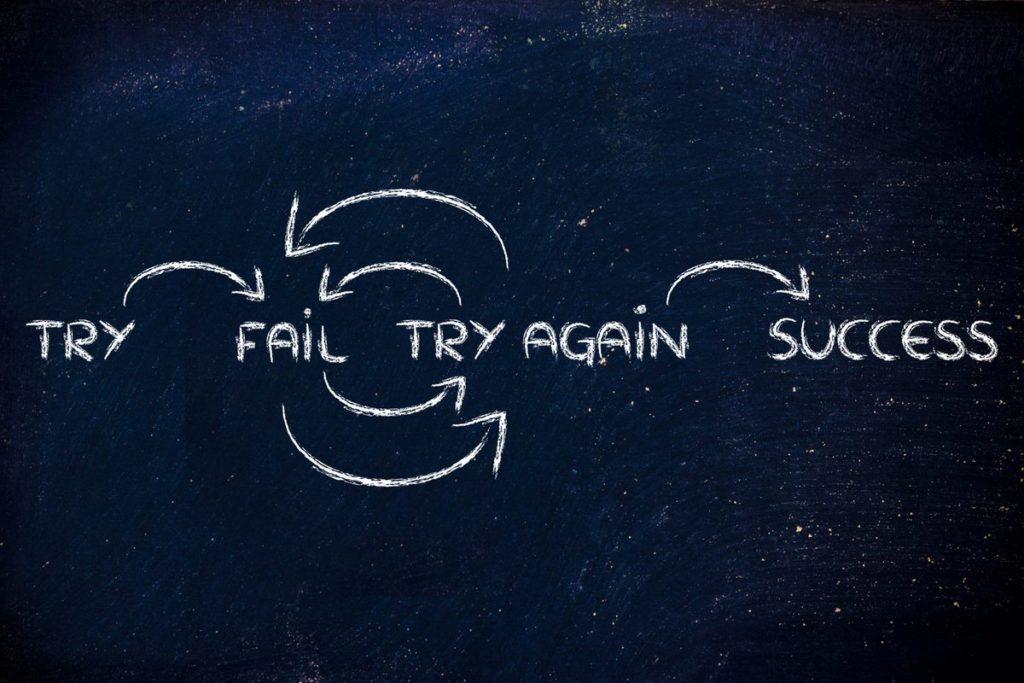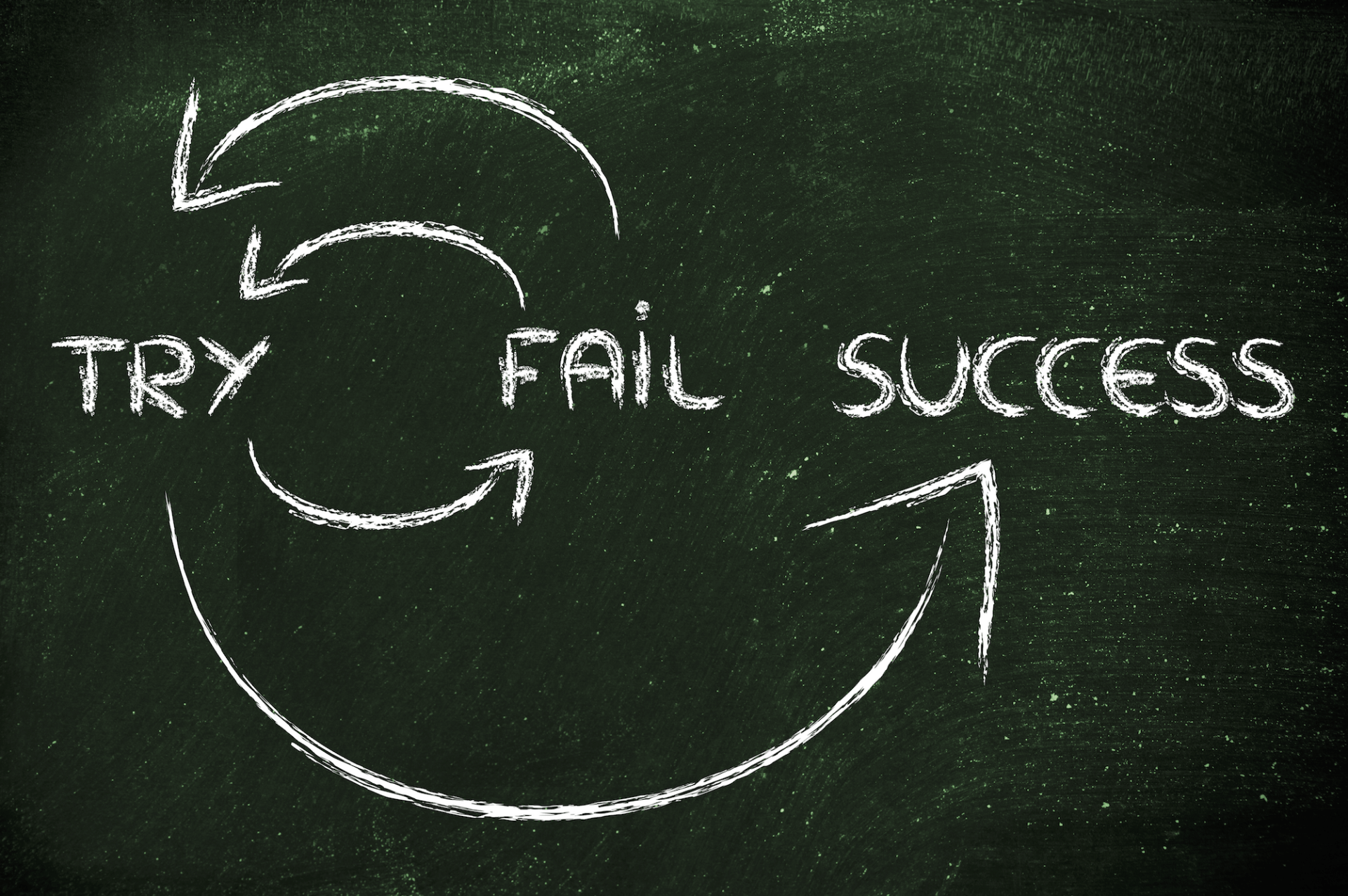The Failure’s Guide to Creative Experimentation
KYLE MUSSER
For most of you reading this, you can relate to the fact that the entrepreneurial journey is anything but a straight line to success.
In fact, yours (like mine) has most likely filled with ups, downs, twists, turns, and lots of failures. Seth Godin likes to refer to these periods in our lives as “The Dips.”
I remember when I was 19 and was first introduced to the idea of becoming an entrepreneur. I was ready to take over the world, having experienced a rush unlike nothing I had ever felt before.
But as most entrepreneurs reading this can attest to, this rush is short lived as it’s followed with a lot of experimentation.
And while many outsiders view these moments of creative experimentation as failures, the fact is they are all learning experiences in disguise preparing you for who you’ve yet to become.
Whether it was working cleaning banks at nights to keep my lights on while building my first business or getting fired from my first job coming out of school because I was too distracted with other side ventures.
The fact is that each of you reading this can relate with the reality that you all have a series of experiments that have guided you to where you are today.
My entrepreneurial journey like many of yours has been filled with screwups, twists, turns, and lots of failed experiments.
But while many most us don’t like to acknowledge our failures for the real value that they offer, I like to encourage that people embrace them as an essential part of their own entrepreneurial journey.
Bestselling author Ryan Blair likes to refer to these moments when it talks about calculating your “Failure Quotient,” the idea that measuring your results is not about how many times you succeed. Instead it’s about how many times you fail and the lessons that you unlock from each failure for creating future success.
And if you’re going to be a successful entrepreneur, the quicker you realize that continuous experimentation is a part of the process the better.
Each of you reading this has your own failure quotient and if you look at some of the most successful people over the course of time, you’ll notice that many of them were the biggest failures of their days.

But one thing that’s common among them is the lessons and principles that which guided them along the pathway of success. On top of that, I’ve come to discover that the failures guide to continuous experimentation involves two key components.
The first lesson in the The Failure’s Guide to Creative Experimentation is this: whether or not the world validates your art is not what matters. Instead, make it your mission to create a portfolio of creative experiments that at the end of your life will validate the fact that you’re already known.
If you study the great inventors, creatives, and entrepreneurs of history you’ll realize one thing in common and that’s a commitment to the science of creative experimentation. While you might think that many of the great entrepreneurs of history were endowed with some special gene for creativity, the fact is that many of them simply treated their failures like a scientist would his or her experiments.
Think about it for a minute. When a scientist runs an experiment, there’s potentially an endless number of possible outcomes that could happen as a result of the process. For the one success they want, there may be hundreds of failures. Over the course of his lifetime, it’s said that Picasso created over 50,000 different pieces of published art. To which, the creative community and much of the world as a whole only recognizes a few of those pieces as “known.”
The one thing that all experimental results have in common is the little data point called feedback. When you go through the school of entrepreneurial hard knocks, the truth is that the more feedback you get and the faster you get feedback, the better. The faster you fail, the sooner you get feedback, so the quicker you can iterate and improve.
Which leads us to the second lesson in the The Failure’s Guide to Creative Experimentation, which is: whether or not you’ve started your entrepreneurial journey, accept the fact that you’re already a failure. But always keep in mind that failure is the cost you pay to prove yourself worthy of the rewards that come with the calling to become an entrepreneur.
I believe that entrepreneurship is a calling, not a destination. So enjoy the process, embrace your failures, and make a commitment to a life of continuous creative experimentation.
http://digitalconversionlabs.com
Interested in reading 99 other stories just like this? Grab The Better Business book here.




